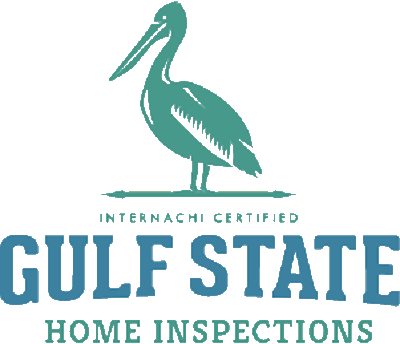
Heating your house in the winter is a big priority, and there are many ways of doing it. Do you use an above ground oil tank for the heating of your home? If the tank is in good shape and stored correctly, this is a safe and efficient way of heating the home. What happens if the tank develops a leak though? This could quickly become a problem. What are some of the basic things you can look out for to check if the tank is leaking in some way?
A very easy way of checking for leaks, is to see what the area around the oil tank looks like. If the tank is kept on grass or vegetation, is it discolored or dead around the area the tank is kept? Does it have a strong smell of oil? A leak could be the possible cause of this.
What condition is the tank in? Does it look like it has been patched up in the past? Does the metal seem to be different colors in some patches? A full oil tank is very heavy so it’s important for it to have adequate support, if not, problems can arise. Make sure the legs of the tank are not on an uneven surface or are not rusting anywhere.
Continuous bad weather could start to play havoc with an above ground oil tank. Make sure the tank is not being compromised by snow or ice falling on it. If it is underneath or close to an overhanging eave, watch out for constant dripping water or falling ice.
Check that any disconnected fuel lines have not been used as nests for insects etc. These can easily cause a blockage.
A leaky oil tank could have a very harmful bearing not only on your property, but also the environment. If you are worried that your oil tank may not be working properly, please feel free to contact us.

